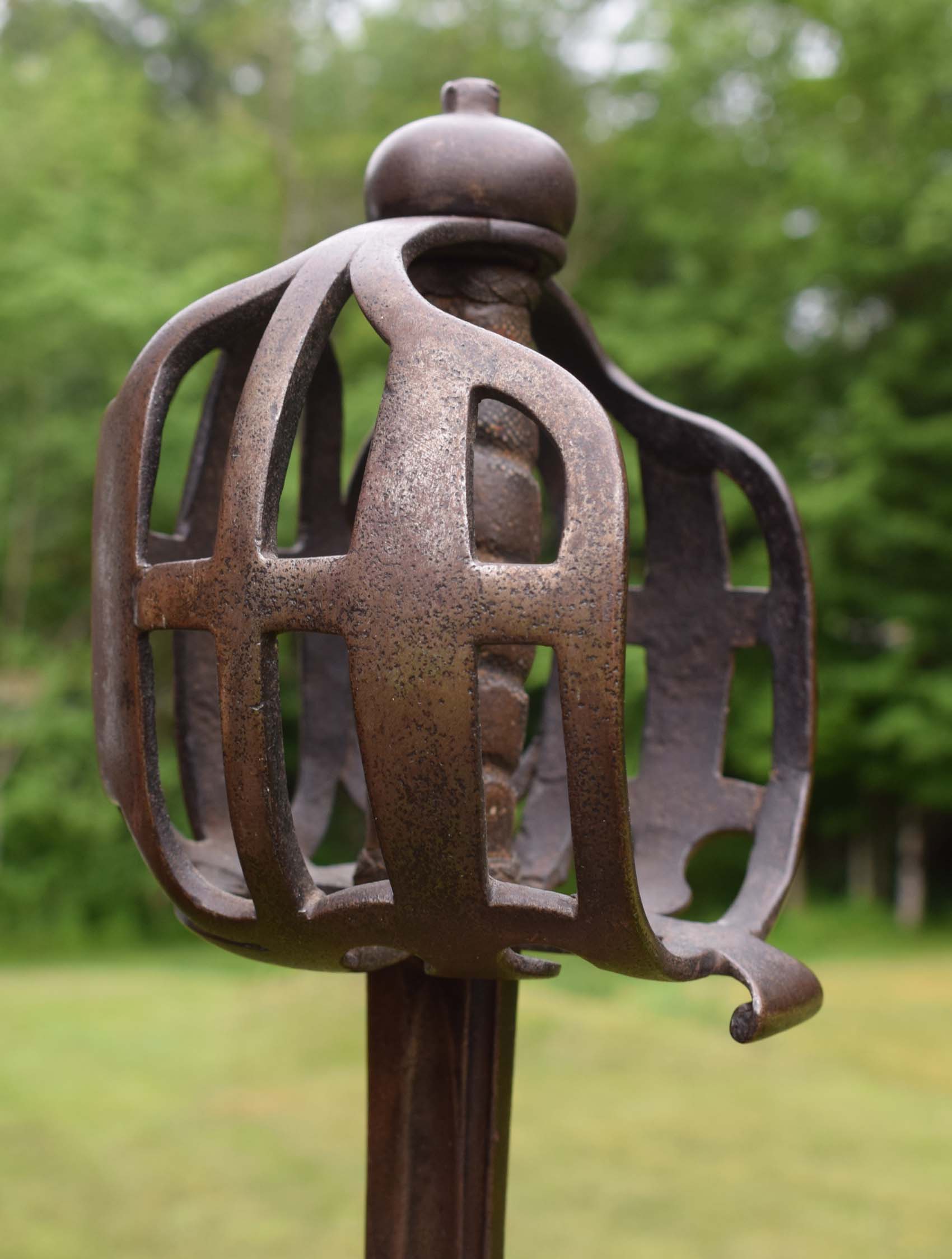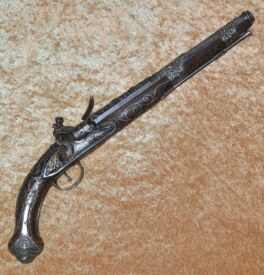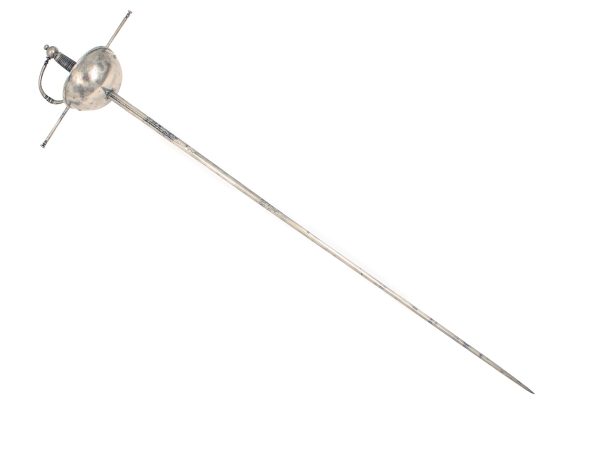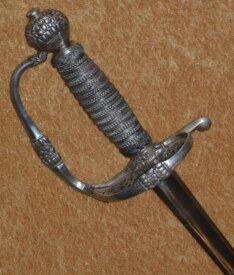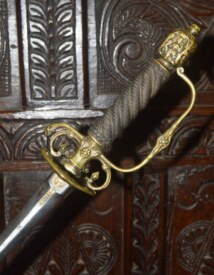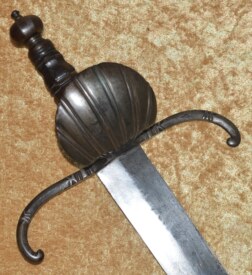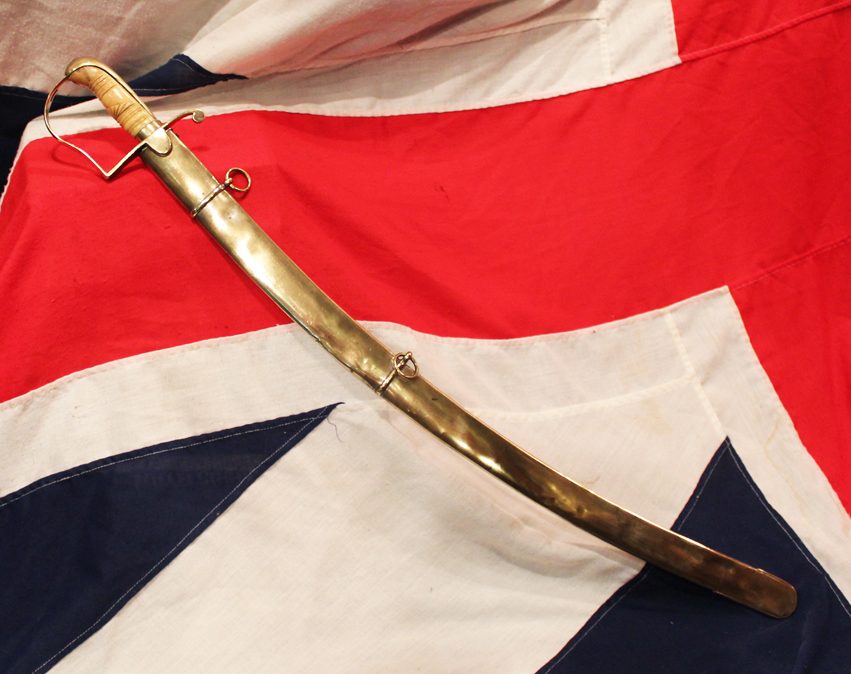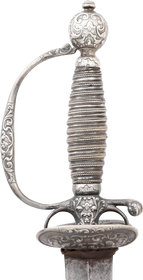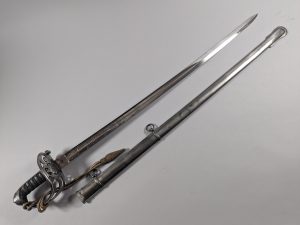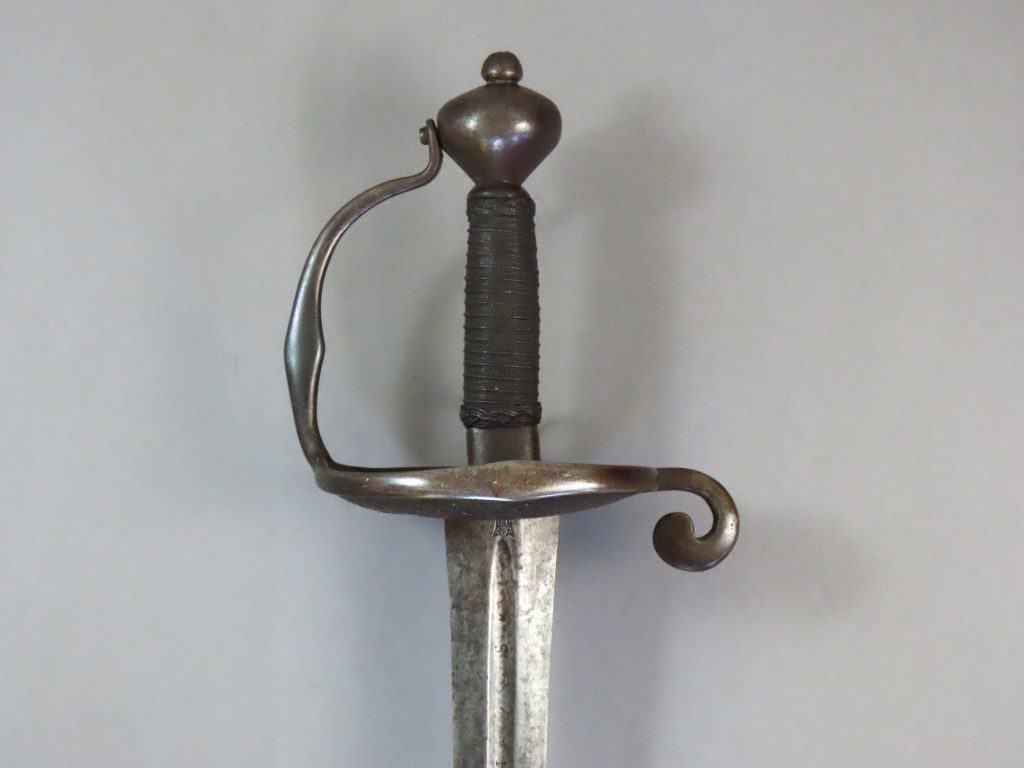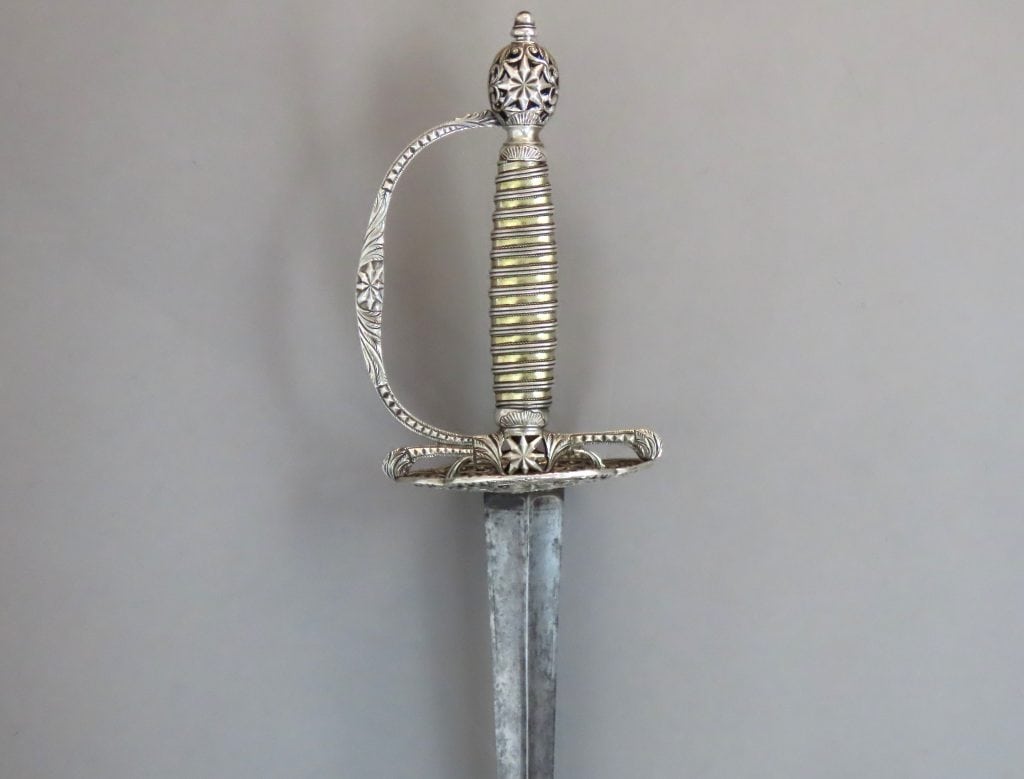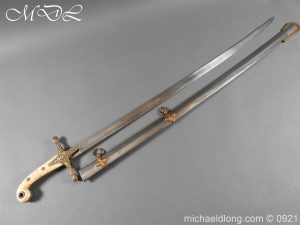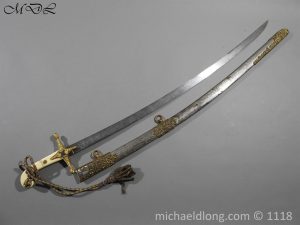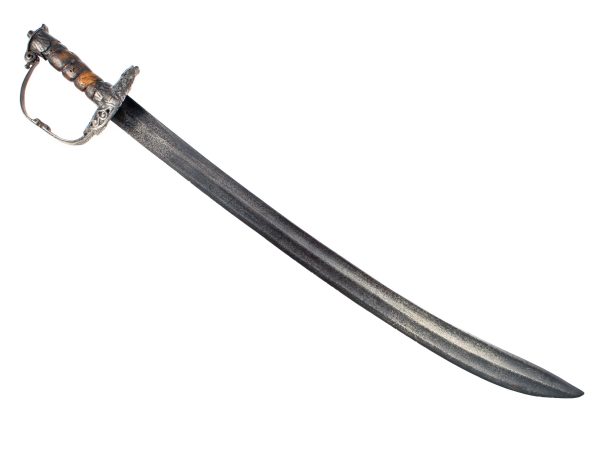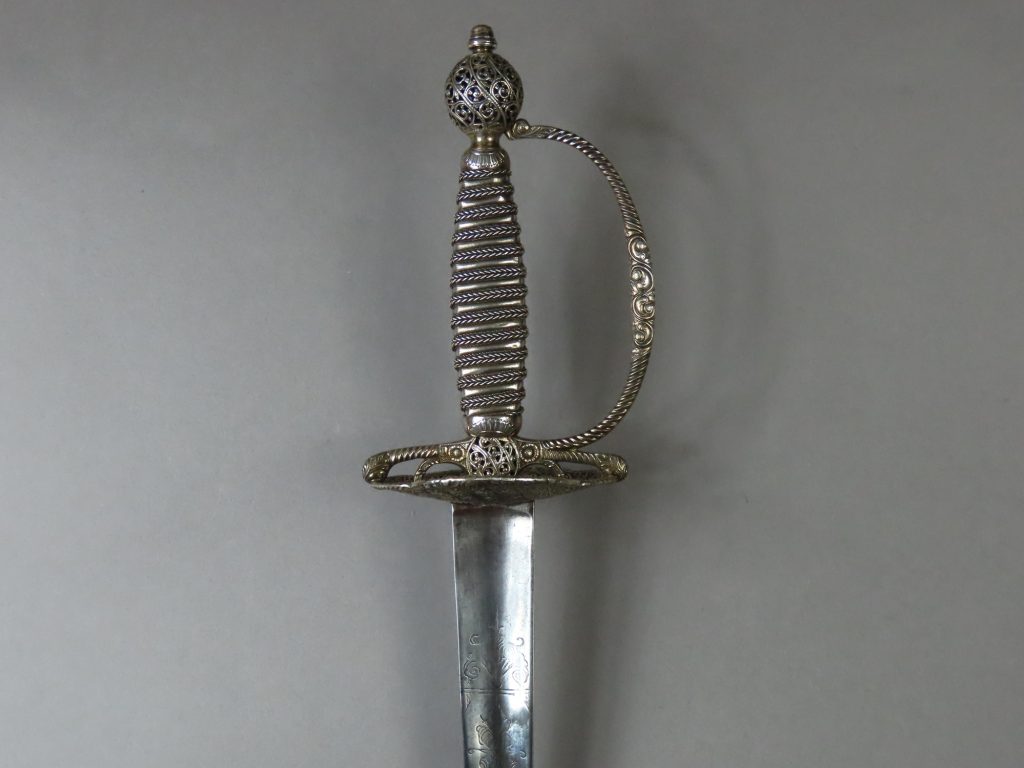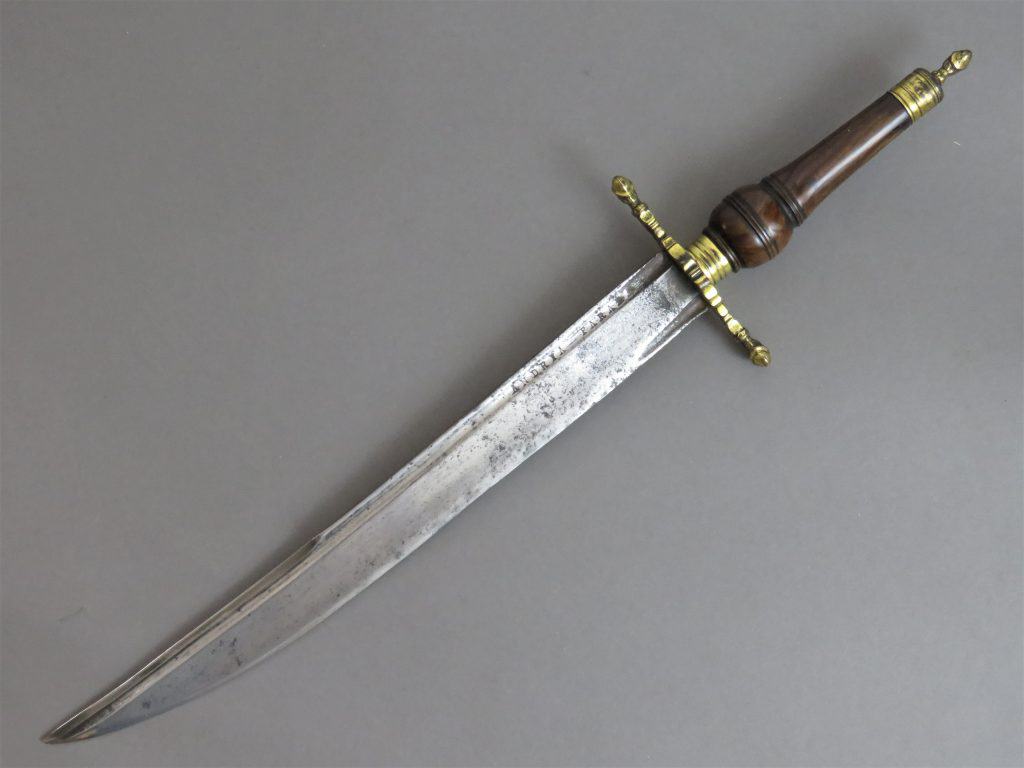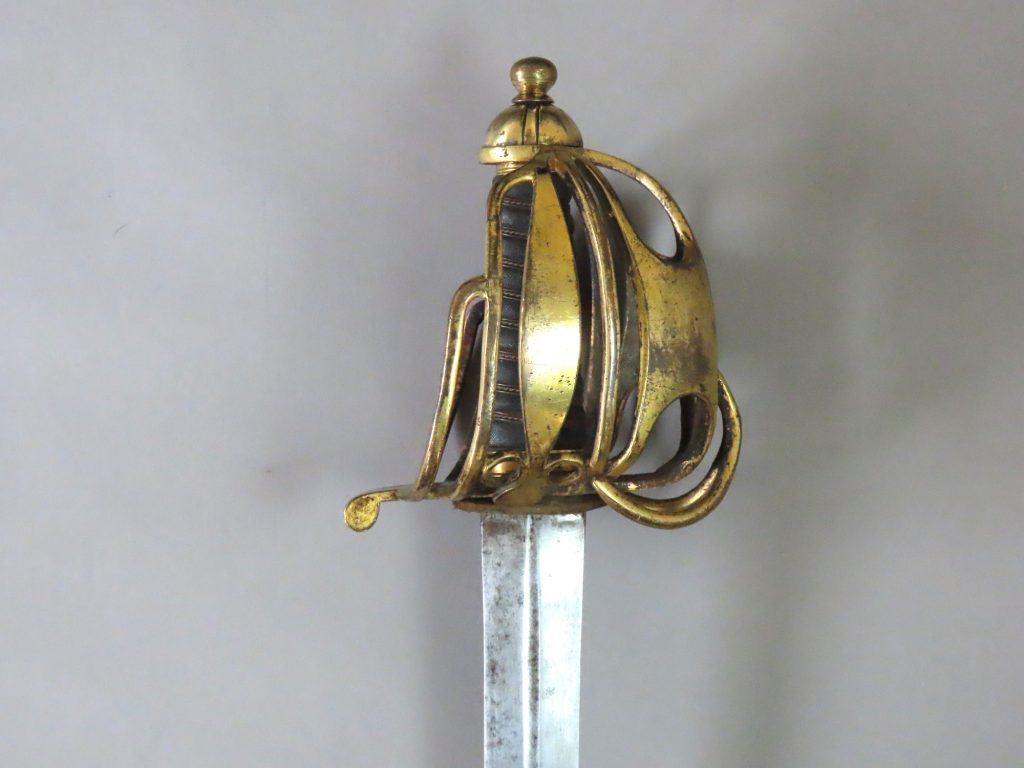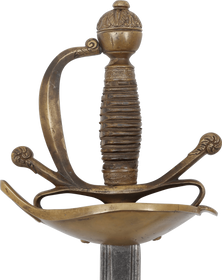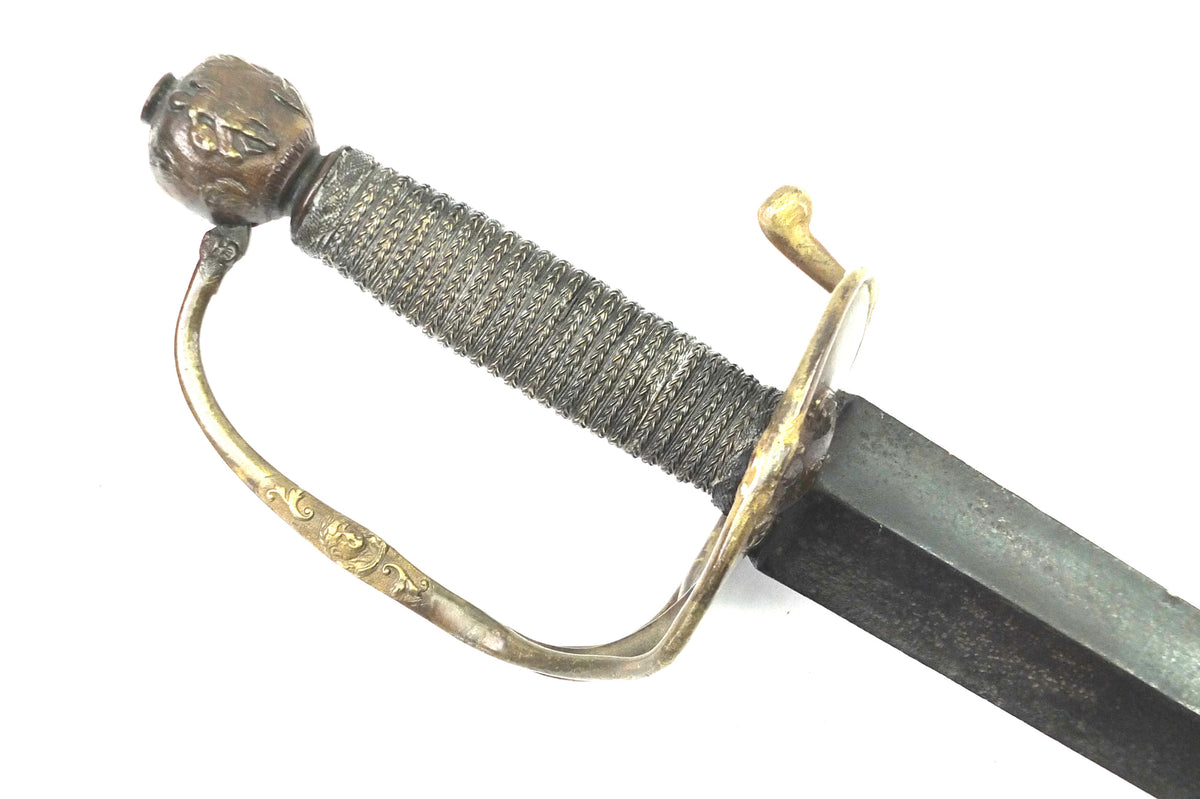For Sale
The following items are listed by for sale by users of the site and dealers. They are in no way endorsed or guaranteed by www.oldswords.com
Add a Classified ItemYou can also receive regular email notifcations when items match your keywords. To recieve them just register or logon at the top right of this page.
- Nation : British
- Local Price : 3495.00 USD
- Nation : French
- Local Price : $3495.00
- Nation : Russian
- Local Price : £2,500.00
- Nation : British
- Local Price : $2495.00
- Nation : Spanish
- Local Price : £2,495.00
- Nation : British
- Local Price : £2,495.00
- Nation : German
- Local Price : $2495.00
- Nation : Italian
- Local Price : $2495.00
- Nation : British
- Local Price : £2495
- Nation : British
- Local Price : £2495
- Nation : British
- Local Price : 3,400.00 USD
- Nation : British
- Local Price : £2,450.00
- Nation : Dutch
- Local Price : £2450
- Nation : Dutch
- Local Price : £2450
- Nation : British
- Local Price : £2450
- Nation : British
- Local Price : £2,450.00
- Nation : British
- Local Price : £2,450.00
- Nation : British
- Local Price : £2450
- Nation : Russian
- Local Price : £2,450.00
- Nation : British
- Local Price : £2400
- Nation : British
- Local Price : £2400
- Nation : British
- Local Price : £2395
- Nation : British
- Local Price : £2375
- Nation : British
- Local Price : £2350
- Nation : British
- Local Price : £2350
- Nation : British
- Local Price : £2350
- Nation : British
- Local Price : £2350
- Nation : British
- Local Price : £2350
- Nation : Spanish
- Local Price : 3,200.00 USD
- Nation : British
- Local Price : £2,295.00


